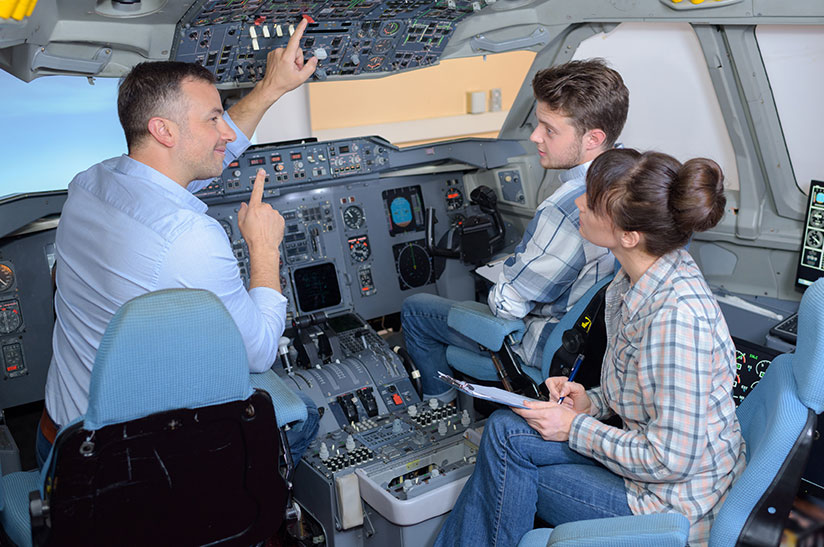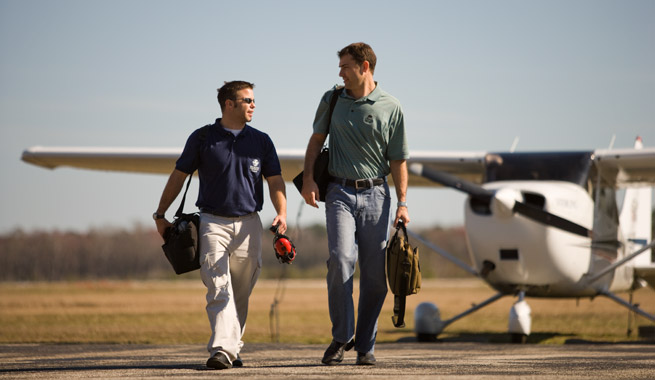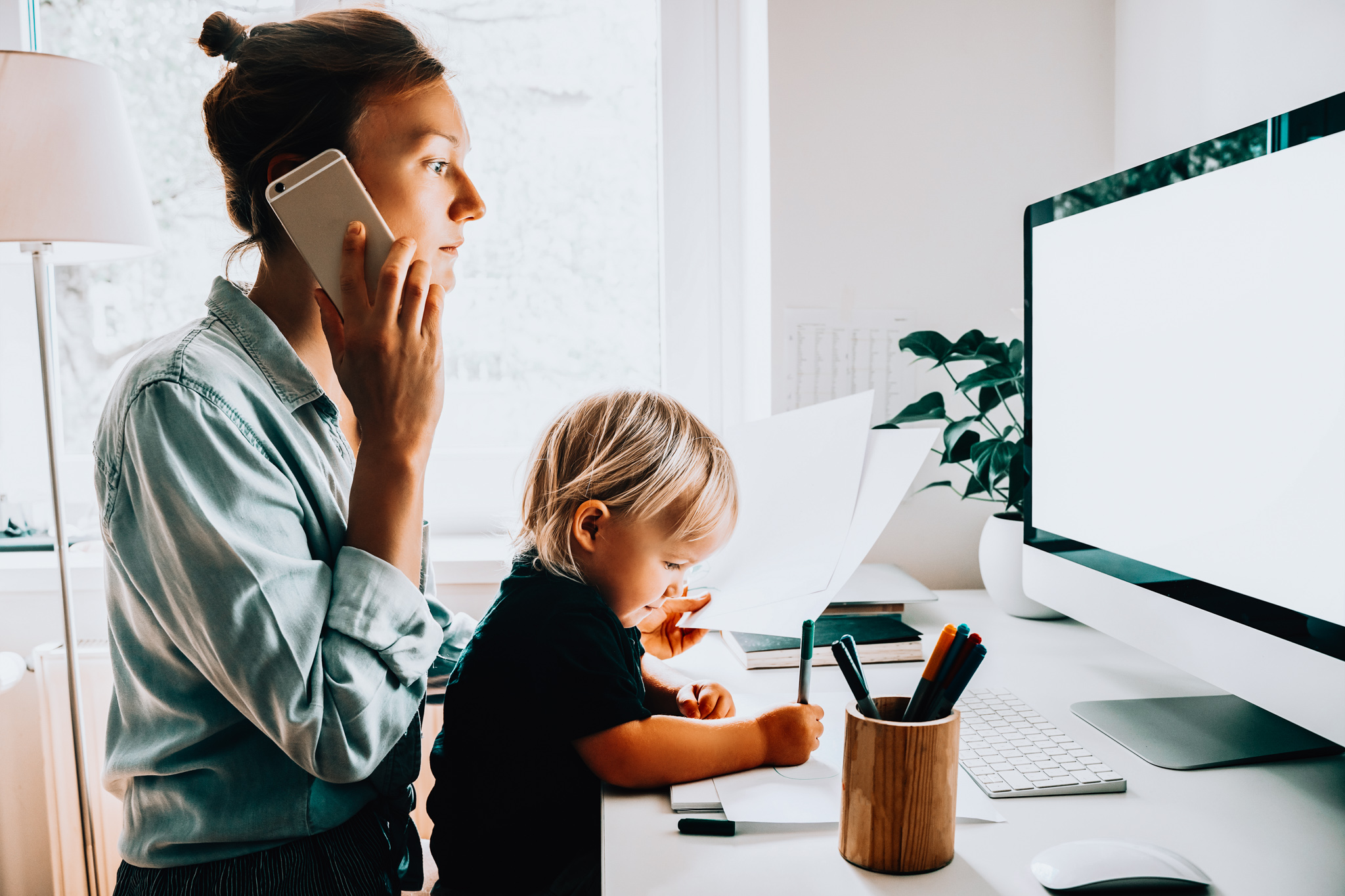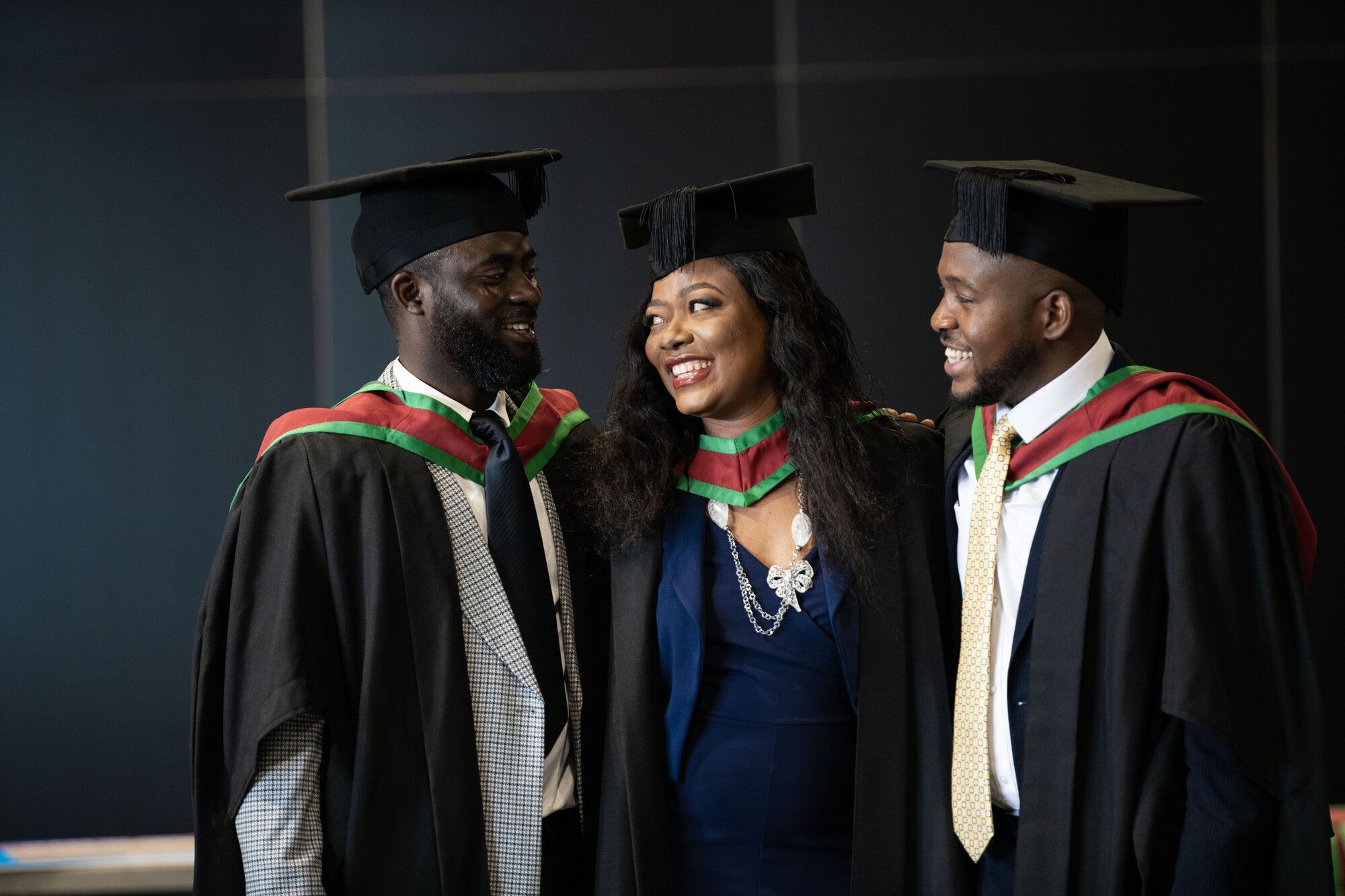As summer temperatures climb and homeowners seek ways to enhance outdoor living spaces, UV-blocking awnings have emerged as a popular solution. These awnings not only provide shade and comfort but also promise energy savings, protection for outdoor furniture, and enhanced home aesthetics. However, with costs ranging from a few hundred to several thousand dollars, are UV-blocking awnings truly worth the investment? This article explores the costs, longevity, savings, and real-world value of patio awnings through a detailed cost-benefit analysis, supported by customer testimonials and industry insights.
Understanding UV-Blocking Awnings
UV-blocking awnings are designed to shield outdoor spaces from harmful ultraviolet (UV) rays and excessive heat. Made from high-quality materials like acrylic, polyester with PVC coating, or aluminum, these awnings are engineered to block up to 98% of UV rays, reduce solar heat gain, and withstand various weather conditions. They come in two primary forms: fixed awnings, which are permanently installed, and retractable awnings, which offer flexibility to extend or retract as needed. Both types enhance outdoor comfort, but their costs, maintenance, and benefits vary.
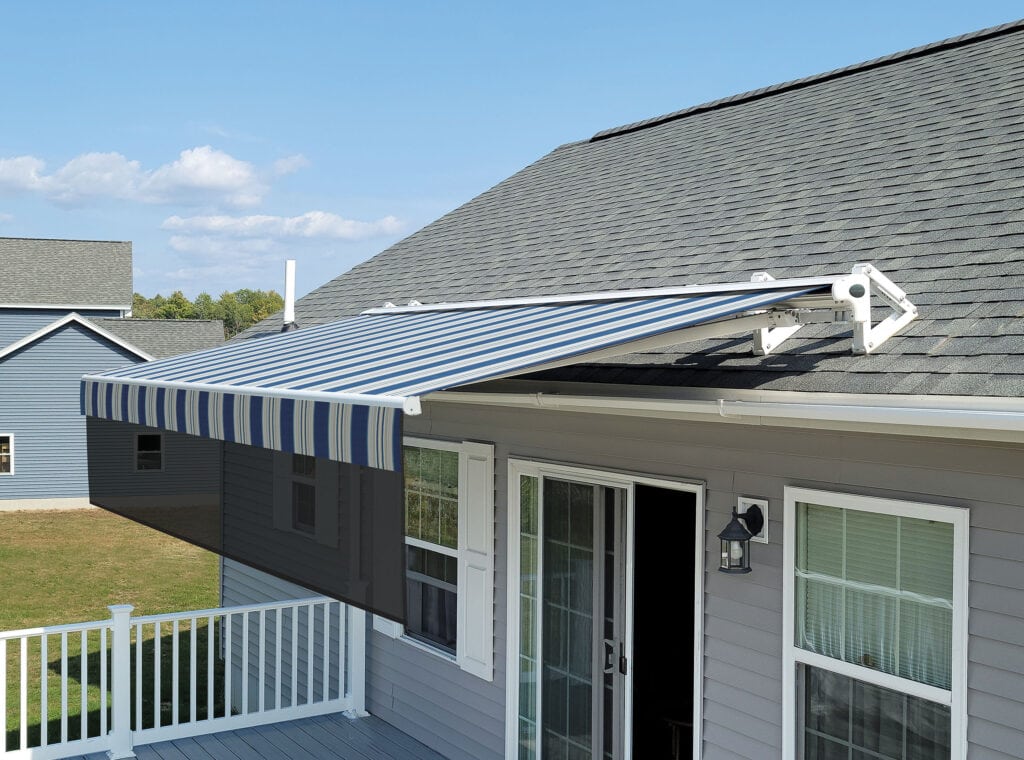
Breaking Down the Costs
The cost of a UV-blocking awning depends on several factors, including size, material, type (fixed or retractable), and installation complexity. Here’s a detailed breakdown:
-
Awning Cost: A basic manual patio awning can cost between $250 and $3,500, while custom or motorized retractable awnings range from $4,000 to $8,000 or more. For example, a 12’ x 10’ retractable awning with UV-resistant acrylic fabric typically costs around $1,500 to $3,000.
-
Installation: Professional installation adds $100 to $1,000, depending on the awning size and location. In urban areas like London, installation costs can be 25% higher, ranging from $500 to $1,000 for bespoke setups. DIY installation is possible for simpler models, saving labor costs but requiring skill to avoid structural issues or voided warranties.
-
Additional Features: Motorized awnings, which offer convenience with remote control or sensors, add $200 to $1,000 to the price. Accessories like mosquito netting ($100–$250) or side curtains ($100–$200) increase costs but enhance functionality.
-
Maintenance: High-quality UV-blocking fabrics like acrylic or PVC-coated polyester require minimal maintenance, typically just occasional cleaning with mild solutions. Aluminum frames are low-maintenance but may need periodic checks for rust or wear. Maintenance costs are generally under $50 annually.
For a mid-range retractable awning (e.g., 10’ x 8’ with acrylic fabric and professional installation), expect to pay $2,000 to $4,000 upfront. Fixed awnings are often cheaper, starting at $1,000 for a similar size, but lack the flexibility of retractable models.
Read more: Automotive Window Tinting: Top Suppliers And Trends In Australia
Longevity of UV-Blocking Awnings
The durability of a UV-blocking awning significantly impacts its value. High-quality materials and proper maintenance can extend an awning’s lifespan, making it a long-term investment.
-
Fabric Durability: Acrylic fabrics, such as those from Sunbrella or Dickson, resist fading, mildew, and UV degradation, lasting 8 to 12 years with proper care. These fabrics are sewn with UV-stable thread to prevent stitching failure. In contrast, lower-quality vinyl or cotton fabrics may fade or tear within 3 to 5 years, especially in harsh climates.
-
Frame Longevity: Aluminum frames, commonly used in premium awnings, are lightweight, rust-resistant, and durable, often lasting 15 to 20 years. Cheaper frames from overseas manufacturers may rust or peel within 5 years, reducing the awning’s lifespan.
-
Retractable vs. Fixed: Retractable awnings, when retracted during storms or winter, can outlast fixed awnings, which are exposed to elements year-round. Fixed awnings may wear out faster, with lifespans of 5 to 15 years depending on material quality.
Investing in high-quality materials, such as forged aluminum knuckle joints or solution-dyed acrylic fabrics, ensures a robust structure that withstands wind, rain, and UV exposure. A well-maintained retractable awning can last up to 15 years, while fixed awnings may require replacement sooner if exposed to extreme weather.
Savings from UV-Blocking Awnings
The financial benefits of UV-blocking awnings come primarily from energy savings and extended furniture longevity, which can offset the initial investment over time.
-
Reduced Air Conditioning Costs: Awnings reduce solar heat gain by up to 65% on south-facing windows and 77% on west-facing windows, lowering indoor temperatures by up to 15°F. According to the U.S. Department of Energy, this can cut air conditioning use by 20–50%, saving $100 to $215 annually on utility bills, depending on climate and window orientation. A Professional Awning Manufacturers Association (PAMA) study found savings of up to $200 per year in moderate climates like Pittsburgh, with higher savings in hotter regions like Houston.
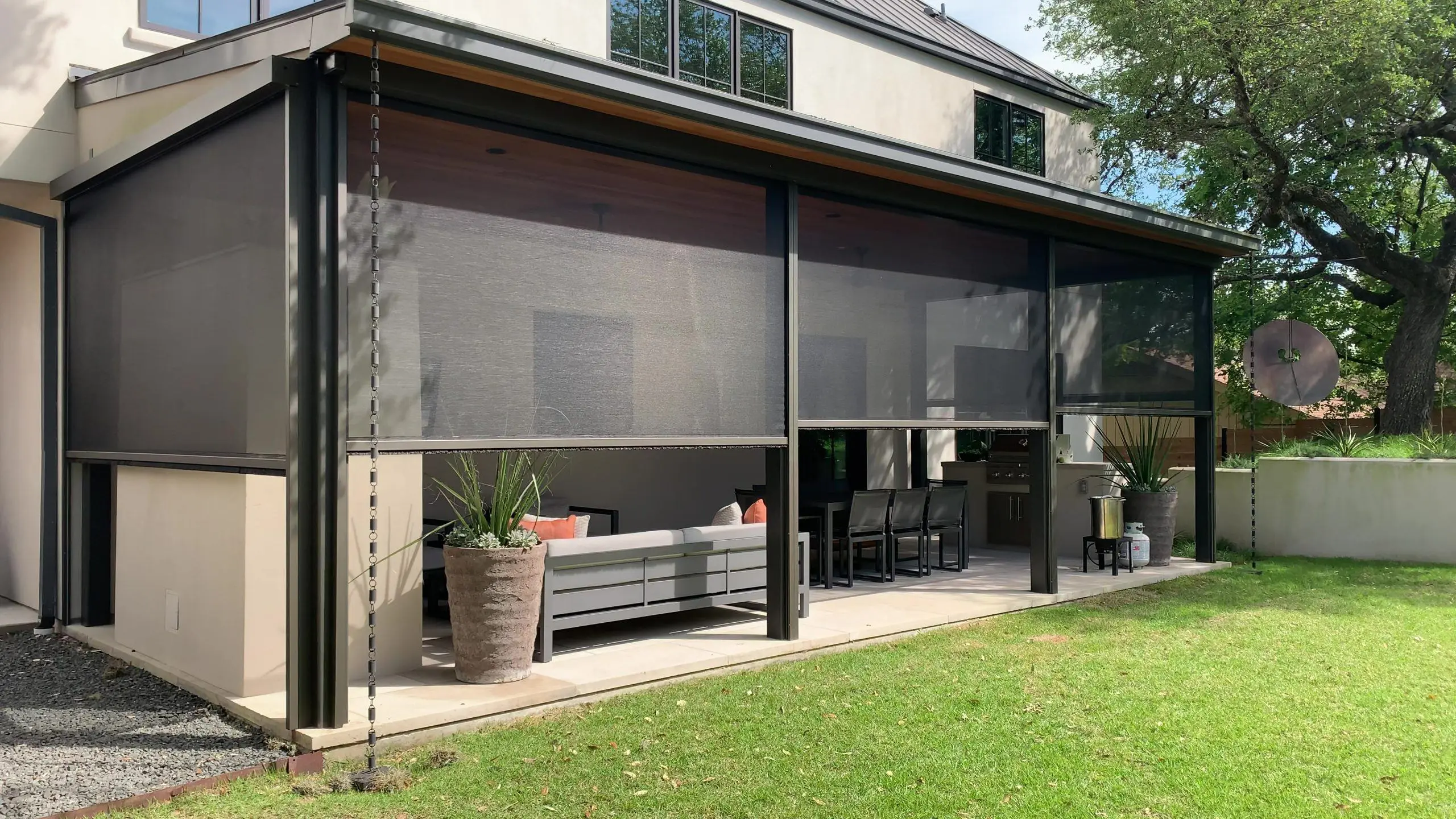
-
Furniture Longevity: UV-blocking awnings protect both indoor and outdoor furniture from sun damage, preventing fading, bleaching, and material degradation. For example, outdoor furniture costing $1,000 could last 5–10 years longer under a UV-blocking awning, saving $100–$200 annually in replacement costs. Indoor furnishings like carpets and upholstery also benefit, reducing fading and extending their lifespan by several years.
-
Increased Home Value: Awnings enhance curb appeal and outdoor usability, potentially increasing home value by 2–5% in competitive real estate markets. For a $300,000 home, this translates to a $6,000–$15,000 boost, making a $3,000 awning a worthwhile investment.
Over a 10-year lifespan, a $3,000 awning could save $1,000–$2,000 in energy costs and $1,000–$2,000 in furniture replacement costs, totaling $2,000–$4,000 in savings. When combined with potential home value increases, the return on investment (ROI) can exceed the initial cost within 5–7 years.
Read more: What To Offer On A Used Car: A Buyer’s Guide To Smart Negotiations
Real-World Examples and Testimonials
Customer experiences highlight the practical value of UV-blocking awnings. Bill Myers, an electrician from Highland Park, Illinois, installed a 38-foot-wide retractable deck awning in 2012. He noted, “It was about one-quarter the cost of permanent construction and provides the same amount of shade, UV protection, and glare reduction. We love the flexibility to have shade or sunlight when we want it.” His awning, purchased from Retractableawnings.com, cost significantly less than a permanent structure while delivering comparable benefits.
Nancy Cohen from Allentown, Pennsylvania, shared her experience in 2011: “The fabric search feature on Retractableawnings.com helped us narrow down to a UV-resistant acrylic that matched our home perfectly. After 10 years, the awning still looks vibrant and has saved us hundreds on cooling bills.” Her choice of a high-quality, solution-dyed fabric ensured durability and energy savings.
A restaurant owner in California installed commercial patio awnings from Carroll Architectural Shade in 2024. They reported, “Our outdoor seating capacity doubled, and customers love the shaded, comfortable environment. Our AC bills dropped by 20% during summer, and our furniture looks brand new after a year.” This example underscores the dual benefits of energy savings and enhanced business appeal.
Additional Benefits
Beyond financial savings, UV-blocking awnings offer intangible benefits:
-
Health Protection: Blocking up to 98% of UV rays reduces the risk of sunburn and skin damage, making outdoor spaces safer for families.
-
Aesthetic Appeal: With hundreds of fabric colors and patterns, awnings enhance home exteriors, creating inviting outdoor living spaces.
-
Flexibility: Retractable awnings allow homeowners to adjust shade based on weather or preference, unlike fixed awnings. Motorized models with sensors can extend automatically during sunny conditions, maximizing convenience.

Considerations and Trade-Offs
While UV-blocking awnings offer significant benefits, there are trade-offs to consider:
-
Upfront Costs: The initial investment can be high, especially for motorized or custom awnings. Budget-conscious homeowners may opt for fixed awnings or smaller sizes to reduce costs.
-
Maintenance: While minimal, regular cleaning and inspections are necessary to maintain fabric vibrancy and frame integrity. Neglecting maintenance can shorten lifespan.
-
Climate Suitability: In windy or snowy regions, retractable awnings are preferable as they can be retracted to avoid damage. Fixed awnings may require sturdier materials in harsh climates.
Conclusion
UV-blocking awnings are a worthwhile investment for homeowners seeking comfort, energy savings, and long-term value. With costs ranging from $1,000 to $8,000, high-quality awnings can last 8–15 years, delivering $2,000–$4,000 in energy and furniture savings over their lifespan. Real-world examples, like those from Bill Myers and Nancy Cohen, demonstrate the practicality and satisfaction of owning a UV-blocking awning. By reducing AC bills, protecting furniture, and enhancing home value, these awnings offer a strong ROI, often recouping costs within 5–7 years. For those considering an awning, investing in durable materials like acrylic or aluminum and opting for professional installation ensures maximum benefits. Whether for a cozy patio or a bustling commercial space, UV-blocking awnings transform outdoor living while delivering measurable financial and lifestyle advantages.
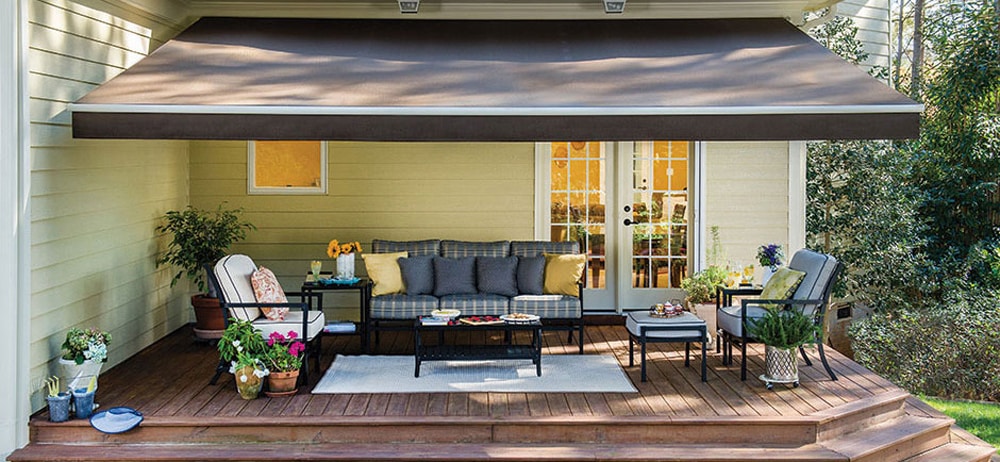

.jpg)
